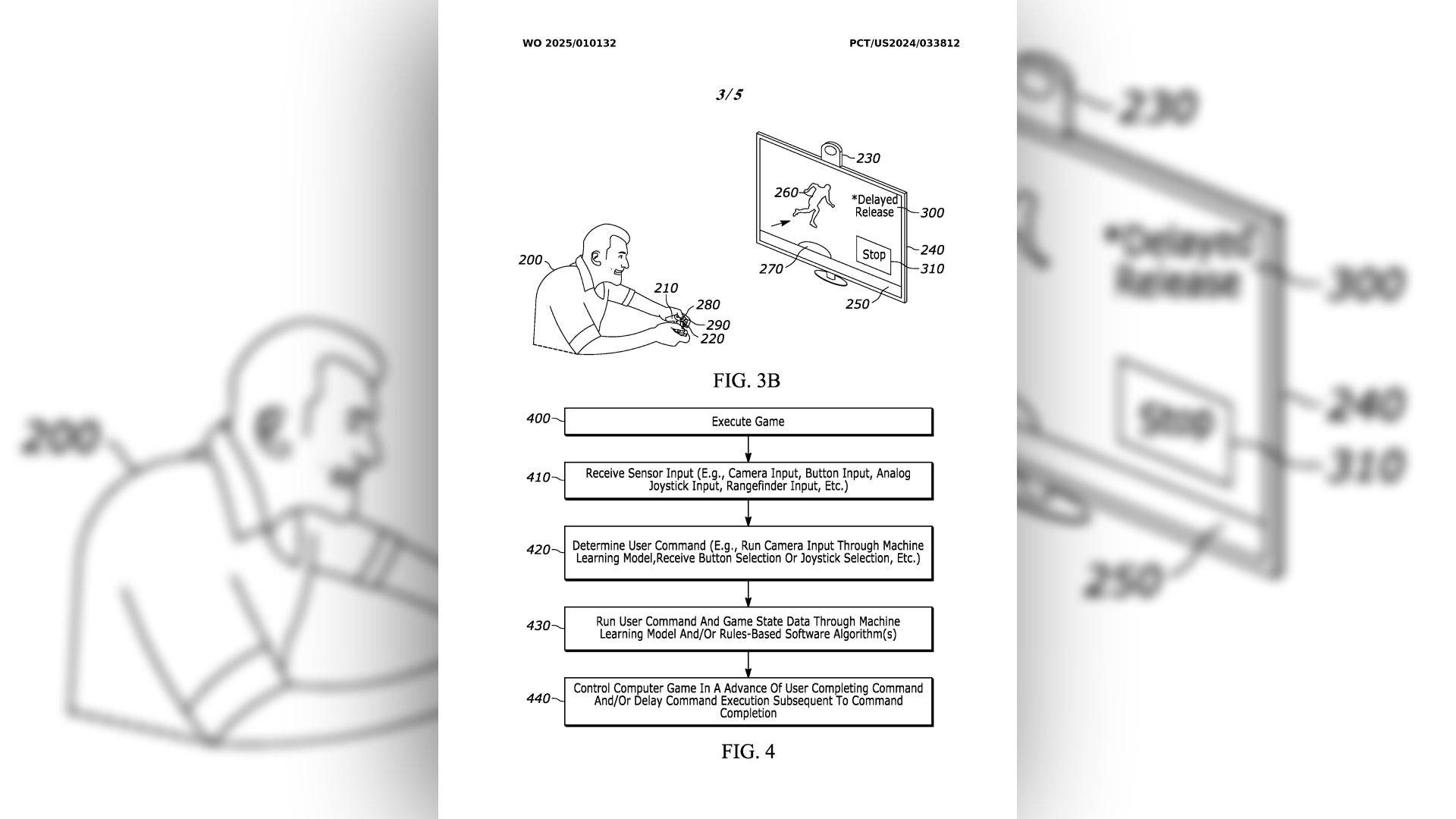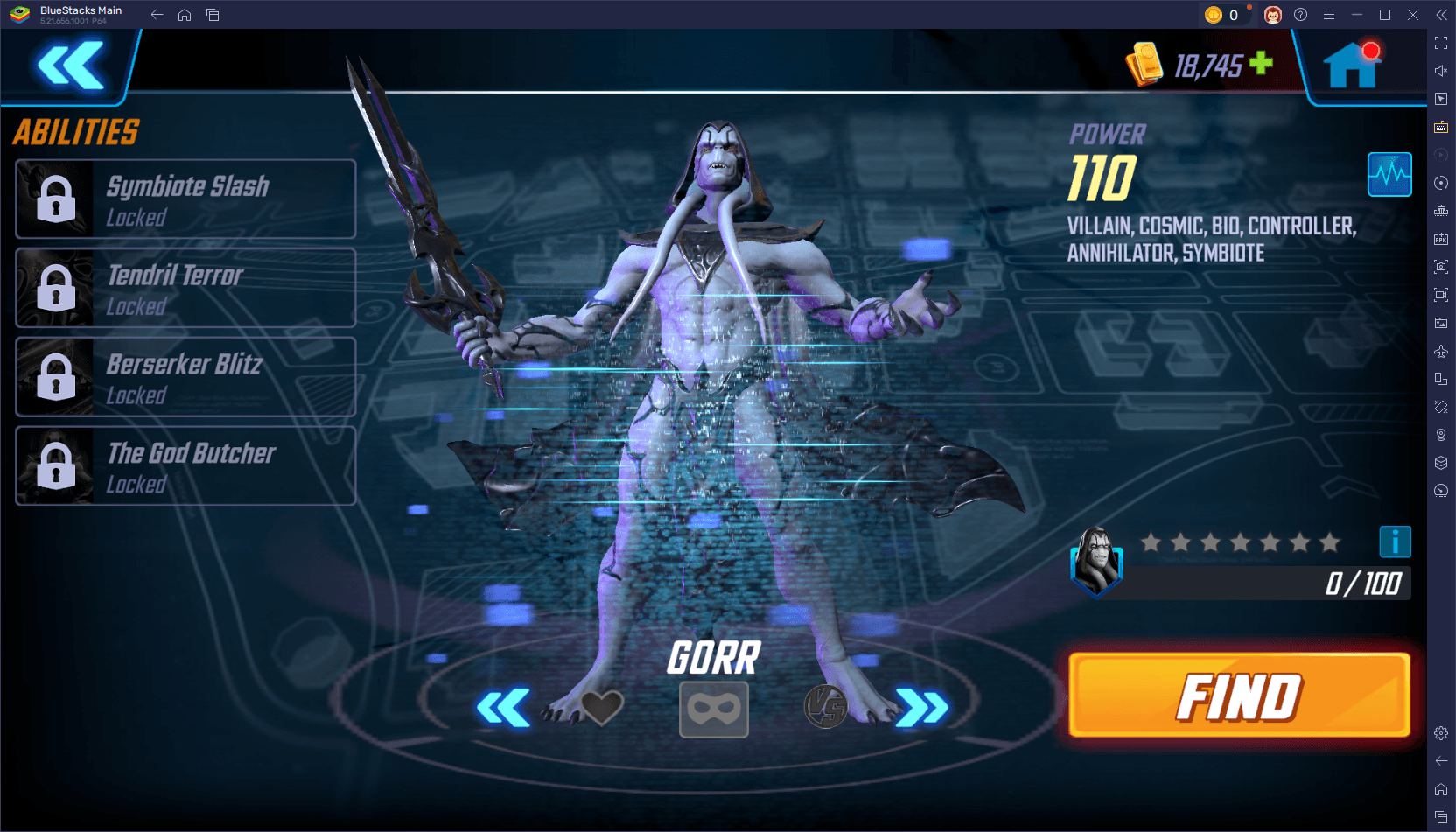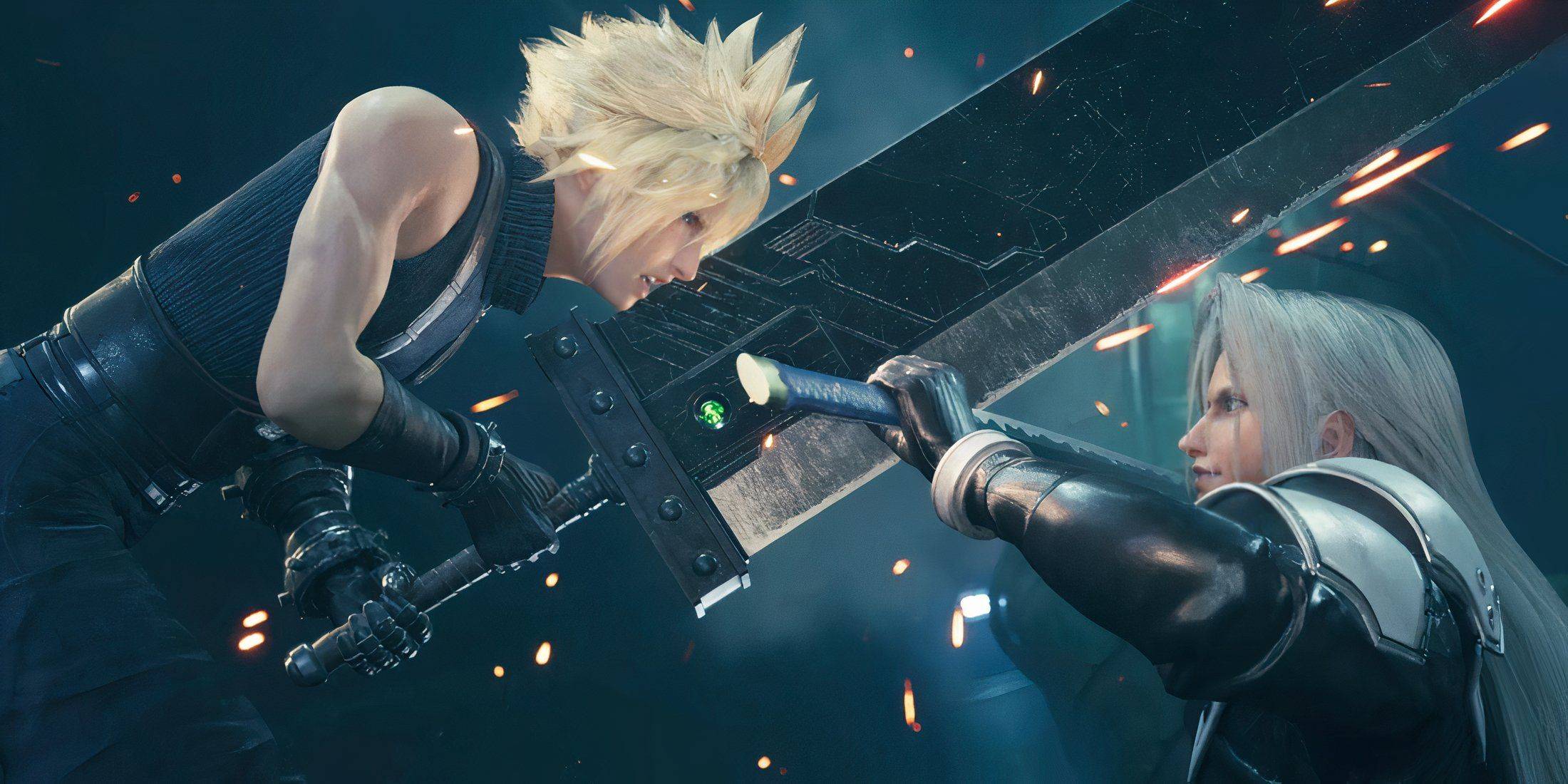Sony's New Patent Aims to Reduce Gaming Latency with AI and Sensors
A recently filed Sony patent reveals a potential solution to reduce latency in future gaming hardware. The patent, titled "TIMED INPUT/ACTION RELEASE," utilizes an AI model and additional sensors to predict user inputs, thereby streamlining command execution and minimizing delays.
Sony's current PlayStation 5 Pro features PlayStation Spectral Super Resolution (PSSR), an upscaler capable of enhancing lower resolutions to 4K. However, modern frame generation techniques often introduce latency, impacting responsiveness. Competitors AMD and Nvidia have addressed this with Radeon Anti-Lag and Nvidia Reflex, respectively, and Sony's patent suggests a similar approach.

As reported by Tech4gamers, the patent (WO2025010132) tackles the delay between user input and system processing. Sony notes that this latency can lead to delayed command execution and negatively impact gameplay.
The proposed solution involves a machine-learning AI model that anticipates user inputs. This model is aided by an external sensor, such as a camera observing the controller, to identify the impending button press. The patent explicitly mentions using "camera input as an input to a machine learning (ML) model." Alternatively, the sensor could be integrated into the controller buttons themselves, potentially utilizing analog inputs.
While this technology may not appear in the PlayStation 6 exactly as described, it indicates Sony's commitment to mitigating latency issues associated with advanced rendering techniques like FSR 3 and DLSS 3. The benefits would be particularly noticeable in fast-paced games requiring high frame rates and low latency, such as first-person shooters. The ultimate implementation of this patent in future hardware remains uncertain.



















